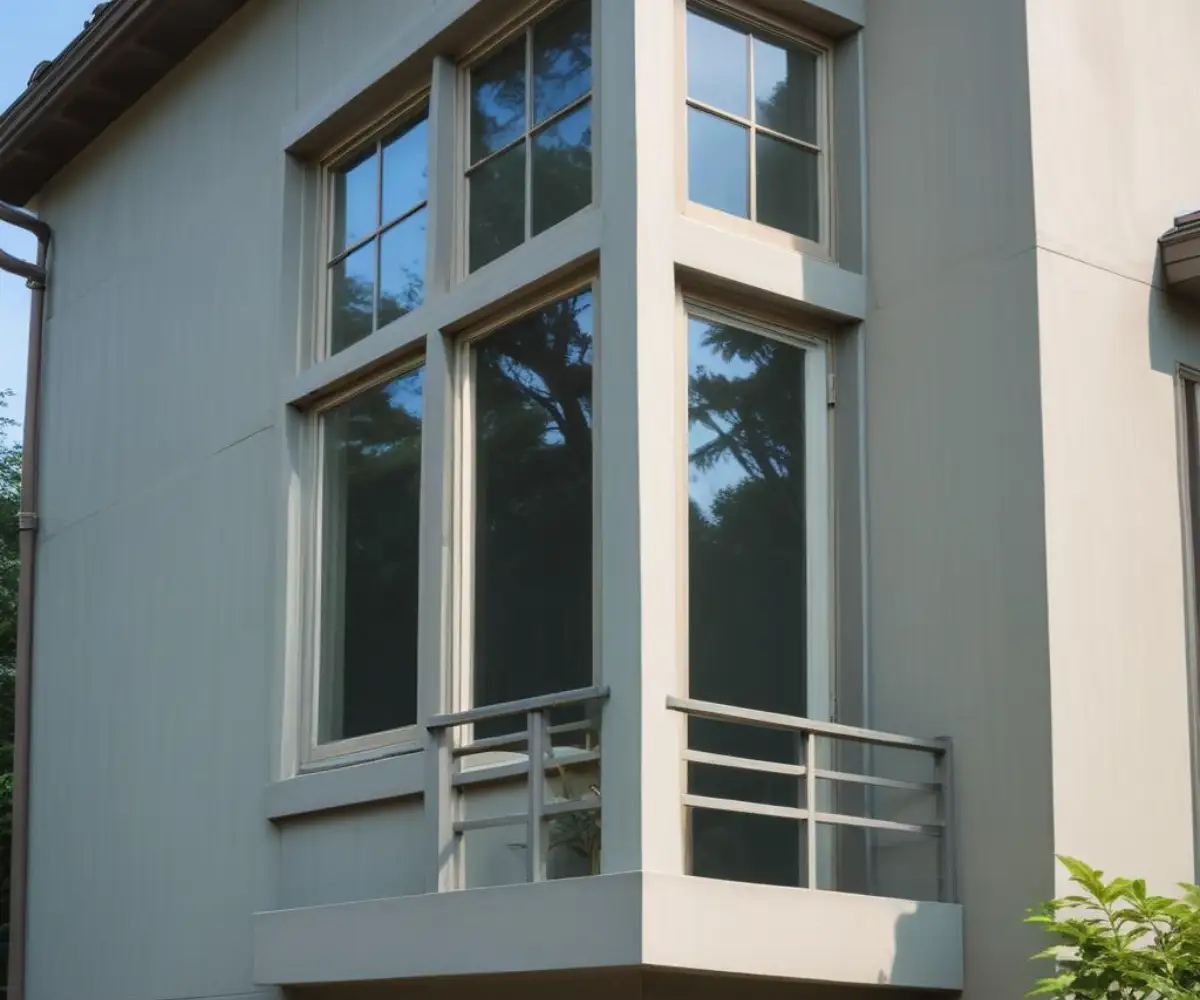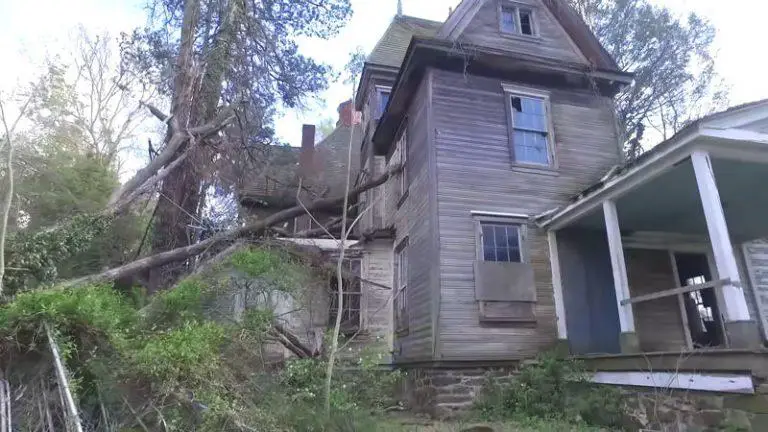James Hardie Trim Discontinued? Your Ultimate Action Plan
You’re standing in front of your house, ready to tackle a repair or start a new addition, and a sinking feeling hits you. The James Hardie trim you need to match your existing exterior is nowhere to be found. A quick search brings up the dreaded word: discontinued. This is a frustrating problem homeowners and contractors face more often than you might think, leading to project delays, aesthetic mismatches, and significant stress.
When a leading brand like James Hardie, known for its durable and beautiful fiber cement products, decides to stop producing a specific trim line, it can feel like your project has hit a brick wall. The reasons for discontinuation can range from introducing newer, improved products to shifting market demands or streamlining their manufacturing process. But whatever the reason, you’re left with a puzzle: how to move forward when a key piece is missing?
You'll Learn About
The Panic is Real: Has Your James Hardie Trim Actually Been Discontinued?
First, it’s important to confirm the status of your specific product. Over the years, James Hardie has updated its offerings, sometimes leading to confusion. For instance, production of certain HardieTrim products has been halted in specific regions due to supply chain challenges and efforts to dedicate production capacity to high-demand siding products. This was the case in some Western US and Canadian markets. In other instances, product lines are rebranded or replaced with technologically superior versions.
Before you panic, take a deep breath and verify the situation. Check with multiple local suppliers, not just one. Sometimes, a product is simply out of stock locally but not discontinued nationally. If you can confirm your specific trim profile or color collection, like the once-popular Dream Collection, is truly gone, it’s time to shift from searching to problem-solving.
Identifying Your Existing Trim: A Crucial First Step
To find a suitable replacement, you first need to know exactly what you’re trying to match. If you have any leftover materials from the original installation, check them for product names, numbers, or dimensions. Look through old invoices or contracts from your builder, as they often list the specific materials used. If you have none of that, it’s time to play detective.
Take high-quality photos of your trim from various angles and distances. Measure its thickness, width, and the length of the installed pieces. Note the texture—is it smooth, or does it have a wood-grain pattern? This information is your blueprint for finding the best possible alternative.

Your Ultimate Guide to Discontinued Hardie Trim Solutions
Once you’ve accepted that your original trim is no longer available, the good news is you have several high-quality paths forward. The key is to find an alternative that not only looks the part but also performs to a similar standard as the rest of your James Hardie exterior. Your home’s trim isn’t just decorative; it’s a critical component that protects vulnerable joints and corners from moisture. Discussing potential water intrusion issues, especially if you’ve ever dealt with something like rain on an unfinished roof, highlights the importance of getting this right.
Don’t let a discontinued product derail your project. With the right information and a clear plan, you can find an excellent solution that maintains your home’s beauty and durability for years to come.
Solution 1: Explore Current James Hardie Offerings
Your first stop should be James Hardie’s current product catalog. The company is a leader in innovation, and it often discontinues a product only to replace it with something better. Their modern trim boards, such as the HardieTrim HZ5 or HZ10 lines (Engineered for Climate®), offer exceptional durability and may have a profile that is a very close match to your old trim.
Bring your photos and measurements to a certified James Hardie dealer. They are product experts and can quickly tell you if a current offering is a suitable substitute. Even if the texture is slightly different, a skilled installer can often blend the new with the old, especially on different sides of the house where the variation won’t be noticeable.
Solution 2: Top-Tier Alternative Brands for Exterior Trim
If a current Hardie product isn’t a good fit, several other reputable manufacturers produce high-performance exterior trim that can serve as an excellent alternative. These materials often have their own unique benefits and can sometimes even offer superior performance in specific aspects. Expanding your search to these brands opens up a world of possibilities.
When considering alternatives, you’ll want to compare them based on material composition, durability, maintenance requirements, and overall aesthetic. Understanding these differences will help you make an informed decision that you’ll be happy with for the long term. Major exterior work might also require you to understand local regulations; for instance, significant electrical work often necessitates a permit, and knowing the cost of a permit to replace an electrical panel can help you budget for all aspects of a larger renovation.
Here are some of the most trusted names in the industry that you should consider:
- LP SmartSide Trim & Siding: Made from engineered wood, LP SmartSide products are treated with their proprietary SmartGuard process to resist fungal decay and termites. It’s lighter than fiber cement, which can make installation easier and potentially less costly. Many contractors appreciate that it comes in longer 16-foot lengths, which can mean fewer seams on long runs.
- Boral TruExterior Trim: This is a unique product made from a blend of recycled polymers and fly ash. Boral TruExterior Trim is known for its exceptional dimensional stability, meaning it expands and contracts very little with temperature and moisture changes. It’s also resistant to rot and insects and can be cut and routed just like wood for custom applications.
- Allura Fiber Cement Trim: As another manufacturer of fiber cement, Allura offers products that are very similar in composition and performance to James Hardie. They provide a range of textures and sizes, making them a strong contender for finding a close match.
Solution 3: The PVC Trim Option
Cellular PVC (Polyvinyl Chloride) trim is another popular choice, prized for its almost complete immunity to moisture. Brands like Azek are well-known in this category. Because it’s a synthetic material, it will never rot, warp, or succumb to insect damage. This makes it an ideal choice for ground-contact areas or moisture-prone spots like fascia and rake boards.
However, PVC has one significant characteristic to be aware of: thermal movement. It expands and contracts with temperature changes more than fiber cement or engineered wood. This isn’t a problem when installed correctly—using proper fastening techniques and leaving appropriate gaps—but it is a critical consideration for your contractor to manage.
| Trim Alternative | Material | Key Features | Best For… |
|---|---|---|---|
| Newer HardieTrim Lines | Fiber Cement | Engineered for Climate®, ColorPlus® Technology option, 15-year trim warranty. | Homeowners wanting to stay within the James Hardie ecosystem for the closest possible match. |
| LP SmartSide Trim | Engineered Wood | Resists fungal decay and termites, lightweight, available in 16-foot lengths. | Projects where longer, seamless runs are desired and impact resistance is a plus. |
| Boral TruExterior Trim | Poly-ash Composite | High dimensional stability, moisture and rot proof, suitable for ground contact. | Custom applications and areas with high moisture exposure or extreme temperature swings. |
| PVC Trim (e.g., Azek) | Cellular PVC | Completely waterproof, low maintenance, easy to mill and shape. | Decorative elements, fascia, rake boards, and any trim that will be in direct contact with masonry or the ground. |
Practical Steps for Repairing and Replacing Discontinued Trim
Once you’ve selected your replacement material, the focus shifts to execution. A successful outcome depends on careful planning and attention to detail, especially when mixing materials. A seamless integration is the goal, ensuring that the new trim doesn’t look like an afterthought.
This process might seem daunting, but breaking it down into manageable steps makes it much more approachable. From matching paint colors to understanding installation nuances, each stage is critical. Before starting any significant exterior work, it’s also wise to ensure the underlying structure is sound. Discovering a broken truss in an attic, for instance, is a serious issue that should be addressed before proceeding with cosmetic upgrades.
Matching the Unmatchable: The Art of Painting and Finishing
If you couldn’t find a pre-finished product that matches your existing Hardie ColorPlus® Technology finish, your next step is custom painting. This is where you can achieve a nearly perfect match. Do not rely on a standard color swatch from a home improvement store. The best approach is to carefully remove a small piece of your existing trim or siding to take to a professional paint store.
They can use a spectrometer to analyze the exact color and create a custom tint. Be sure to specify a high-quality, 100% acrylic exterior paint, as this will offer the best adhesion and durability on fiber cement, engineered wood, or PVC. Always test the paint on a small, inconspicuous area or a scrap piece of the new trim to ensure it matches in various lighting conditions before painting everything.
Installation Considerations: Mixing Materials Like a Pro
Installing a different trim material next to your existing James Hardie siding requires knowledge of how each material behaves. This is not a step to overlook. For example, fiber cement is very stable, while PVC expands and contracts. A contractor must use the correct fasteners and leave the right amount of space at joints to accommodate this movement. Failure to do so can result in buckling or unsightly gaps over time.
Make sure your installer reads the specific installation guidelines for the new trim product. They will provide crucial details on everything from the type of nails or screws to use to the proper way to handle and cut the material. A well-executed installation is the final piece of the puzzle in making your new trim look and perform its best.
Future-Proofing Your Home’s Exterior
This experience, while frustrating, offers a valuable lesson for any future home improvement projects. Building materials and product lines will always evolve, so proactive planning can save you from future headaches. When you undertake your next project, consider these strategies to make future repairs and additions much simpler.
First, always buy extra material. Whether it’s siding, trim, roofing, or flooring, having a few extra pieces stored safely in your garage or shed is the best insurance policy you can have. For a typical siding and trim project, aim to have at least a full box of siding and several extra trim boards. This small upfront cost can save you thousands of dollars and immense stress down the road.
Second, keep meticulous records. Create a folder or digital file for your home that includes every detail about the products used. This should include the manufacturer (e.g., James Hardie), the specific product line and profile (e.g., HardieTrim NT3 Smooth), the color name and code (e.g., Arctic White), and the date of installation. This documentation will be invaluable for any future work.
Don’t Despair Over Discontinued Trim
Discovering that your James Hardie trim has been discontinued can be disheartening, but it is far from an insurmountable problem. The building materials market is rich with innovative and high-quality products that can serve as excellent, long-lasting replacements. By carefully identifying what you have, researching the best alternatives, and focusing on a high-quality installation and finish, you can turn this challenge into an opportunity to upgrade your home’s exterior.
Your home’s trim is a vital detail that contributes to its overall character and protection. With a thoughtful approach, you can ensure that your repair or renovation project not only solves the immediate problem but also enhances your home’s curb appeal and durability for years to come.

